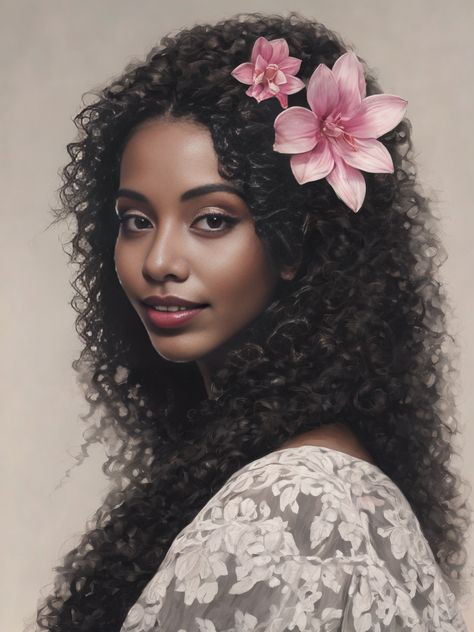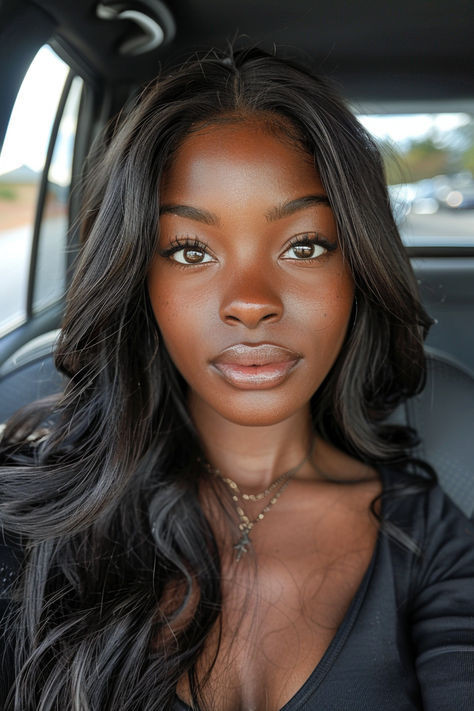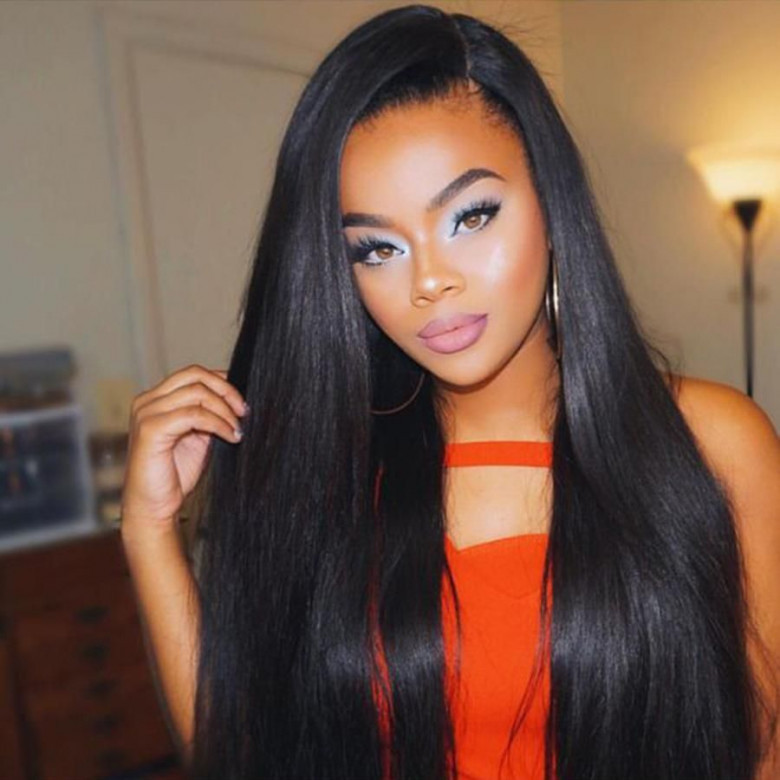views

Closure hair is a hairpiece, often composed of lace or silk, applied to seal off an installation or sew-in weave, creating a natural scalp look. It tends to cover a small area of your head and is at the crown or hairline to replicate real hair growth. Closures are available in various sizes, including 4x4, 5x5, and 6x6, and are constructed from lace, HD lace, or silk base.
Closures are favored by those who want protective styles but still maintain the appearance of a natural hairline and part. They are particularly ideal for women who do not want to leave out or reduce heat styling on their natural hair.
Why Closure Hair Is A Protective Style For Natural Hair?

Closure hair protects your natural hair from everyday styling, heat equipment, and environmental factors such as sun and pollution. It provides a protective layer between your hair and external damage without allowing your locks to fry underneath.
Some of the reasons it is a go-to protective style are:
- No heat styling is required for your hair.
- The scalp is partially covered, allowing it to retain moisture more effectively.
- Very little manipulation of natural hair.
- Flexibility in styling choices.
- When executed properly, closures can be revolutionary for maintaining hair health and preserving length.
11 Closure Hair Hacks Every Woman Ought To Know

1. Prep Your Natural Hair Before Installation
Wash, deep condition, and stretch your natural hair prior to installing a closure. A healthy head of hair underneath makes the style last longer and minimizes scalp problems.
2. Use A Protective Braid Pattern
A tension-free, flat braid pattern, such as straight backs or a beehive, keeps the closure in place and protects your roots. Avoid wearing tight braids—they can lead to breakage and tension alopecia.
3. Select The Appropriate Type Of Lace
HD lace and see-through lace blend seamlessly with your scalp, creating a more natural appearance. If you have darker skin, brown lace could be a better fit. Matching your skin tone to the lace prevents the need for excessive makeup blending.
4. Use A Scalp Barrier Or Wig Cap
Always wear a breathable wig cap to separate the closure from your scalp. It guards your natural hair against glue or friction but keeps moisture in.
5. Don't Overuse Glue Or Adhesives
Using too much glue can clog your pores and ruin the edges. Use skin-friendly adhesives and opt for glueless closure procedures when available to preserve your hairline.
6. Groom The Closure Clean And Dry
Clean your closure every 1–2 weeks using sulfate-free shampoo. Wipe down the lace with a damp cloth to keep it clean and prevent product buildup that can clog pores and irritate your scalp.
7. Moisturize Your Natural Hair Frequently
Use a spray bottle with water and leave-in conditioner to moisturize your braids beneath the closure. Do this 2–3 times a week to avoid dryness and brittleness on human hair afro wigs.
8. Apply Lightweight Oils Beneath The Closure
Use light oils, such as argan or jojoba oil, on your scalp to keep it moistened without feeling weighed down. Heavy oils can clog the follicles and hinder hair growth.
9. Sleep Intelligent With A Silk Bonnet or Pillowcase
The friction from cotton can cause closures to tangle and dry out your hair. Wear a silk or satin bonnet and pillowcase to maintain the smoothness of your closure and the moisture of your natural hair.
10. Give Your Hair A Break Between Installs
Give your natural hair a break and breathe for 1–2 weeks between closure installs. This enables you to properly treat your hair and catch any initial signs of damage.
11. Learn To Safely Remove Your Closure
Use a lace adhesive remover or natural oils, such as coconut oil, to gently break down the glue. Never pull or jerk this can damage your lace and edges.
Common Mistakes To Avoid When Wearing Closure Hair

- Applying closures to dirty hair.
- Omitting moisturizing regimens.
- Employing low-grade lace or bundles of hair.
- Failing to properly secure the closure.
- Sleeping with no protection.
- Wearing it for too long without upkeep.
- Avoiding these can greatly enhance both the appearance and lifespan of your closure style.
FAQs On Closure Hair And Natural Hair Care

Q1. How long can I wear a closure wig without having to take it off?
A1. Generally, 2–4 weeks is advised. Always keep an eye on scalp health and perform a refresh or reinstall if necessary.
Q2. Will closure hair hurt my natural hair?
A2. Only if it's installed and handled incorrectly can closures do more harm than good to your hair. With proper care, however, they can actually do more good than harm.
Q3. How frequently should you moisturize under a closure?
A3. At least 2–3 times a week, use a light water-based spray or leave-in conditioner.
Q4. Is a glue-less closure superior to glued ones?
A4.Yes, particularly for everyday use. Glueless closures minimize tension and are kinder to your scalp.
Q5. What closure is recommended for beginners?
A5. 5x5 HD lace closure—it's simple to blend and maintains enough natural look without too much maintenance.
Q6. Can I reuse my closure?
A6. Yes, if well maintained. Clean, store, and condition it between uses to maximize its lifespan.
Conclusion

Closure hair is not only a look—it's a safeguarding technique that, when executed correctly, feeds your hair and deepens your appearance. From selecting the ideal lace to resting properly at night, all of these 11 closure hair tricks can help you maintain healthy hair while sporting an impeccable finish.
So remember: prep, protect, and prioritize your hair health. Whether you're new to closures or a seasoned pro, these tips will elevate your game and your glow.










